4 Stages of Bringing a Portrait to Life: an Oil Painting Demo
2 min read [ad_1]
Understand how to build lifelike portraits by portray in layers. Gustavo Ramos shares the strategies powering his masterful do the job in an oil painting demo of Mother and Baby.
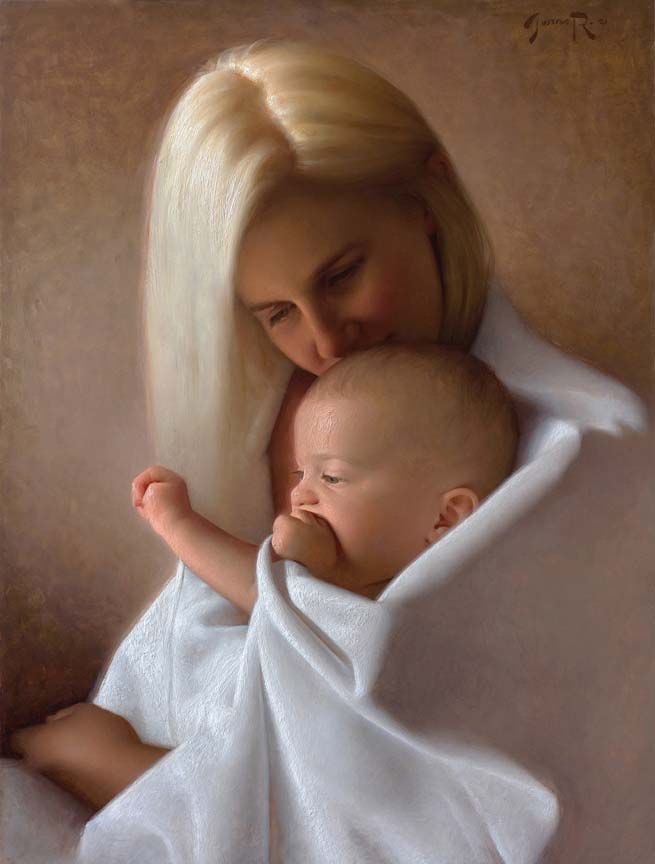
Stage 1: The Wipeout
To begin this painting, I coated the area with a slender wash of transparent oxide pink and ultramarine blue diluted with odorless mineral spirits. I used this combination with a rag and wiped the panel right up until I obtained a mild neutral tone. Then, I commenced preparing out the composition and drawing by carving out the lights with a kneaded eraser.
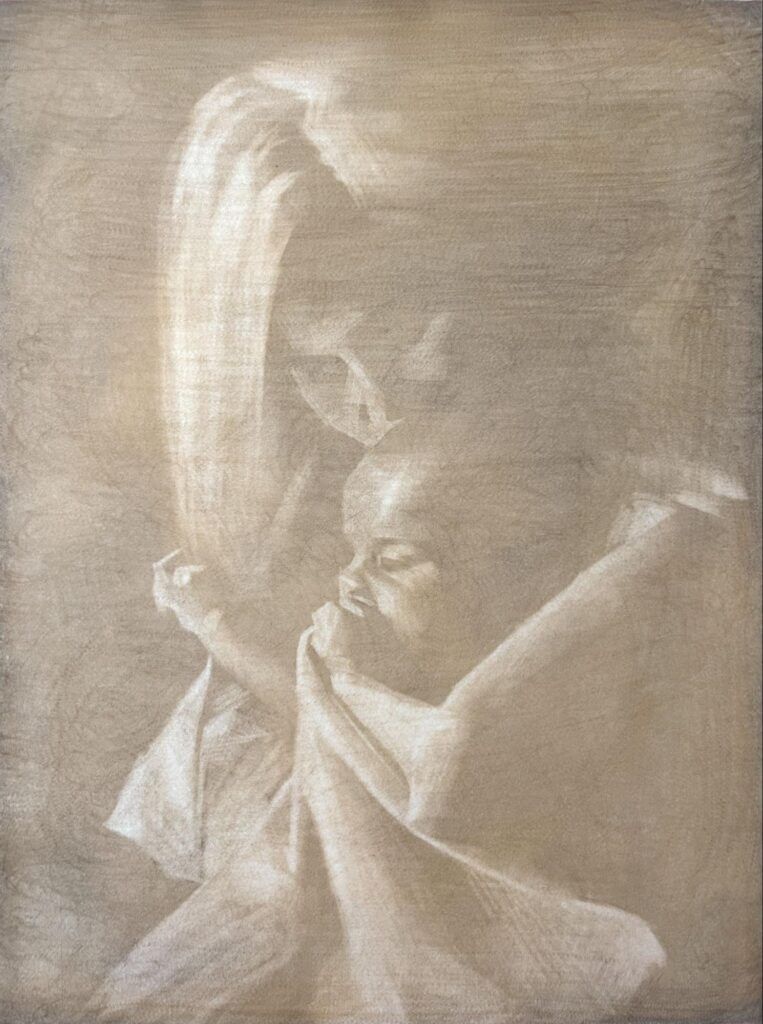
Stage 2: The Drawing
In the subsequent stage, I switched from a mass mentality to a much more linear approach to refine the drawing. By carefully positioning straight traces on the panel, I could establish the rhythms and spatial relationships of the pose, doing work from big to tiny. I held my conté pencil sharp at all situations and made refined ideas of type and volume as a warmup for the portray stage.
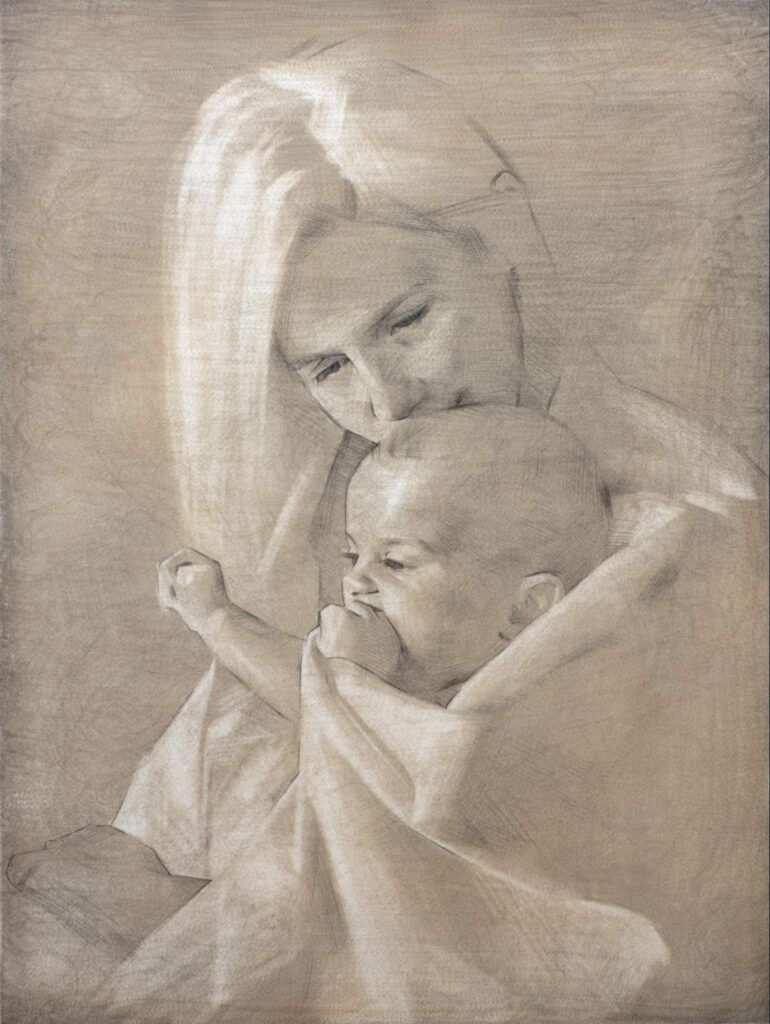
Phase 3: Portray the Complete
With my drawing recognized, my following objective was to cover the full floor with a layer of paint. Using my total shade palette, I attempted to do this in just one portray session, doing work broadly and attempting to understand the coloration and tonal relationships all through the piece.
I was in essence hoping to capture an precise very first effect. I feel the most effective way to achieve this is by performing on the total painting at after relatively than aspect by part. Employing aged synthetic brushes, I designed sporadic marks that remaining an natural and organic come to feel, which would exhibit as a result of in the concluded portray.
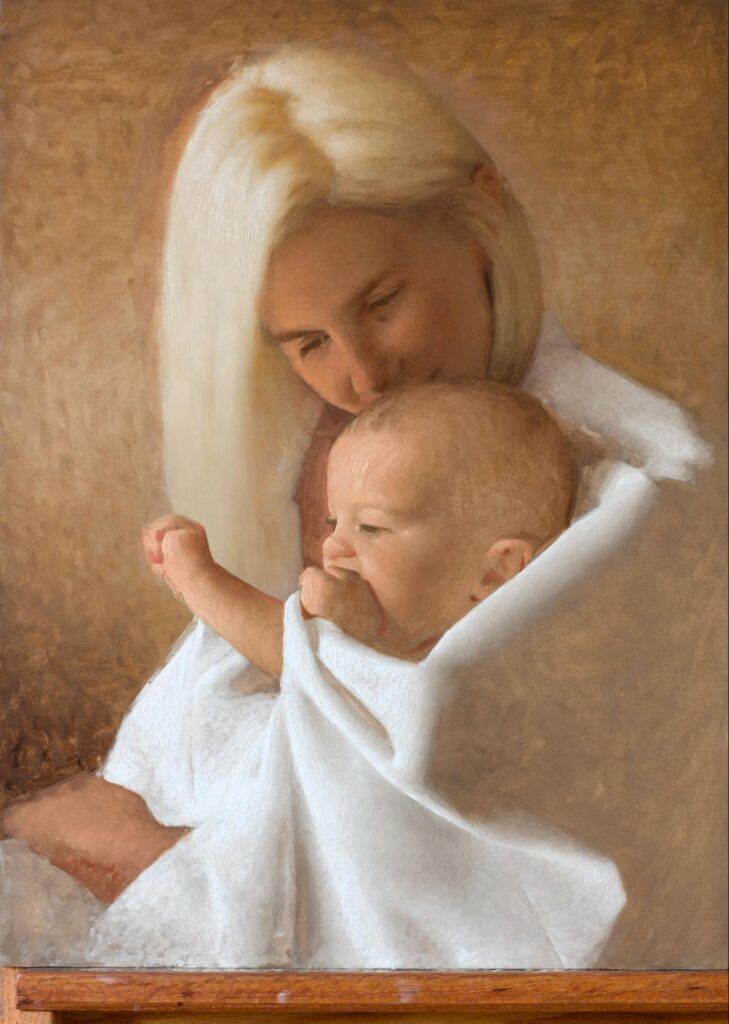
To bring the painting to completion, I painted over my original pass to precisely calibrate the colors and tones by using techniques such as glazing and scumbling.
In my previous pass, I intentionally leaned light, allowing for darker glazes in the upcoming passes to enrich the color and create a luminous “backlit” glow. I continued to be mindful of keeping my shadows transparent while adding more body to the lights.
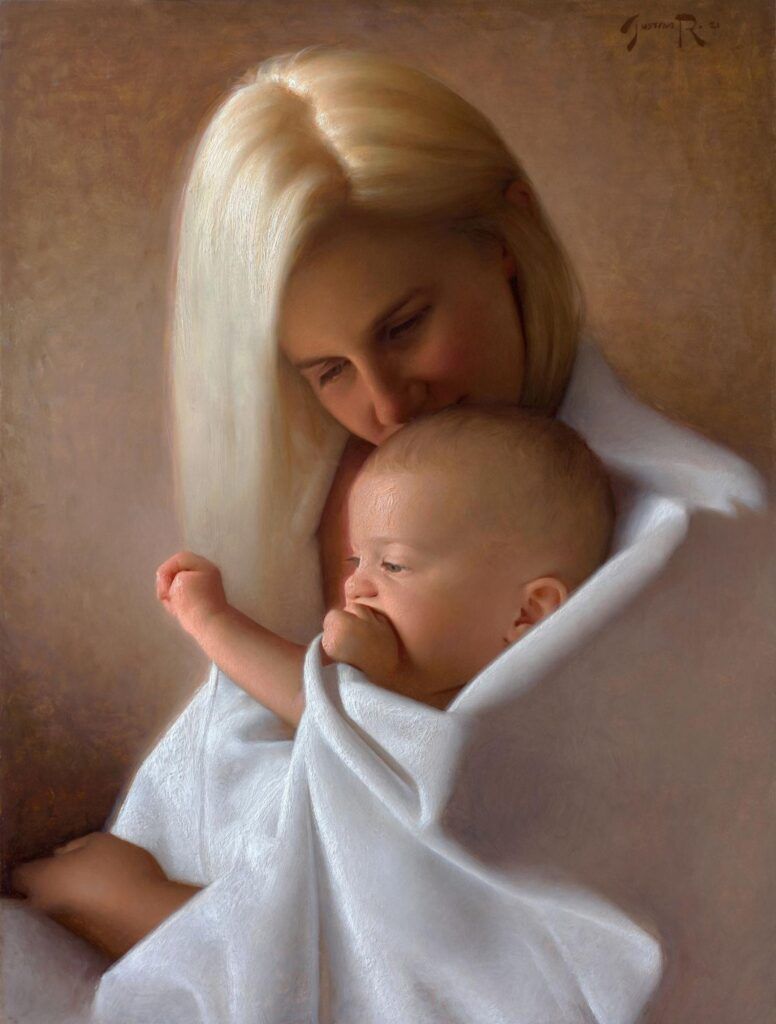
The Benefits of Painting in Layers
Some parts of this portrait were completely resolved within two layers, while others took as many as five layers to achieve my desired refinement and effect. Some of my other paintings can have as many as 10 layers on certain passages.
Painting with many layers helps me achieve close control of color and tone; I get closer to the right tone with each layer. The Old Masters like Leonardo da Vinci and Rembrandt knew they could not “get it right” with just one layer of paint, so it would be disrespectful for me to assume that I can.
Another advantage of painting in layers is the different effects that arise from the paint build-up. These effects are impossible to achieve with a single layer and help transform the painting into something deeper and more lifelike, rather than just paint.
See more of Ramos’ portraits: 8 Masterful Gustavo Ramos Paintings with Brilliant Form and Depth
Meet Gustavo Ramos Live
https://www.youtube.com/enjoy?v=2sbKWzxmKWM
About the Artist
GUSTAVO RAMOS (b. 1993 Brazil) is speedily turning into a notable and sought-just after oil painter in the realm of portraiture. His get the job done has been exhibited in environment class venues, including the European Museum of Modern-day Artwork in Barcelona, the Rijksmuseum in Amsterdam, and Sotheby’s in New York Metropolis. Connect with him on Instagram @gustavoramosart or explore his perform at gustavoramos.art.
[ad_2]
Resource website link






